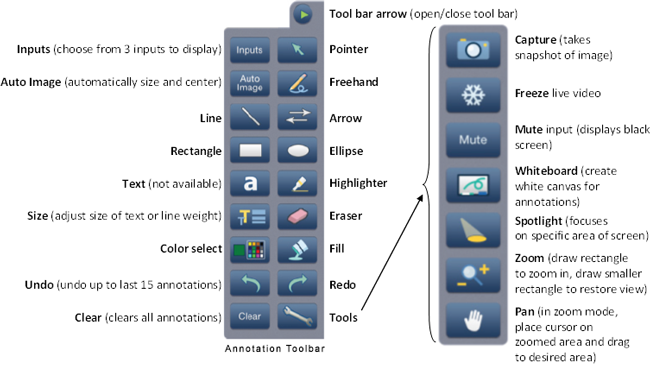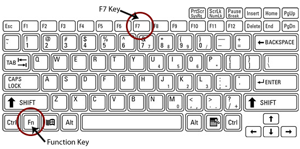- Home
- Judges
- Courtroom Technology
- Evidence Presentation
- Evidence Presentation (Las Vegas Courtrooms)
Evidence Presentation (Las Vegas Courtrooms)
Available Technologies
Physical Evidence
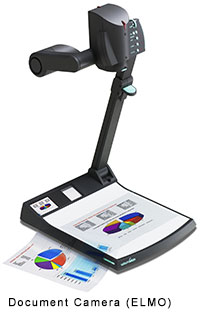
Physical evidence such as printed documents, transparencies, slides or x-rays may be displayed throughout the courtroom via the court's document camera.
The document camera (also known as the ELMO) is located to the right of the podium and is similar in function to an overhead projector. Please advise the Courtroom Deputy prior to the proceeding if you wish to present evidence using this equipment.
Once the Courtroom Deputy enables the device, place the evidence on the illuminated glass pane. Adjustments to the display can then be made by the Courtroom Deputy or attorney if the displayed image is unclear. Attorneys may control the lectern document camera using the AMX panel controls as shown below.
- Focus (Auto and Manual)
- Zoom
- Positive/Negative (switch between a positive or negative camera image)
- Auto Iris (Brightness/Darkness)
- Text Mode (sharpen the image with black and white characters and lines)
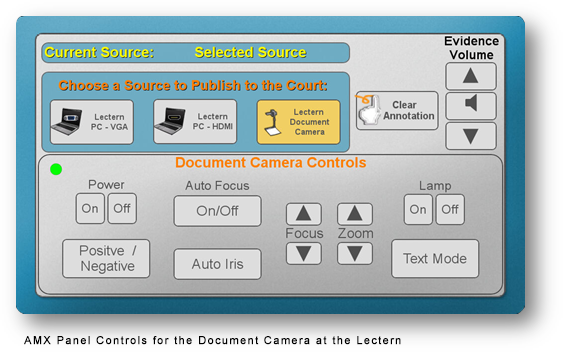
Electronic Evidence
Presenting Electronic Evidence Via Your Laptop
Electronic evidence such as digital documents, video or computer generated slide shows and photographs may be broadcast throughout the courtroom via the court’s video display system. This system can project almost every type of laptop source material
This system can project almost every type of laptop source material, with the exception of an embedded video within a presentation (example: a PowerPoint presentation that includes a video window within the presentation. This item will display as a blank box when distributed to the court’s video displays.)
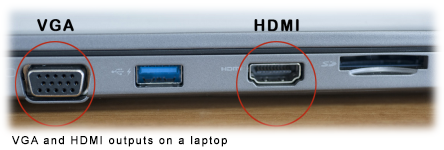
Your Laptop Requirements:
- Your laptop must have a VGA or HDMI video output
- All software and documents you wish to display should be loaded on your laptop
Note: If you are connecting to another computer or the internet to display items, we recommend you copy those files to your laptop rather than display them from the other system.
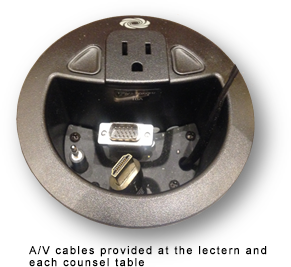
Provided by the Court:
- a wireless Internet connection
- Connecting cables:
- Audio
- High-Definition Multimedia Interface (HDMI)
- Video Graphics Array (VGA)
- The audio/video cables and a 110 VAC outlet are located at each counsel table and podium via built-in cable management table boxes
Step by Step Instructions:
Note: You must inform the courtroom deputy prior to the hearing that you will be presenting electronic evidence. You also must enable the video display to the external source on the laptop you plan to use during the hearing. It is recommended you arrive early and perform a test run.
- Bring in your laptop with the items pre-loaded that you wish to display.
Example: PowerPoint program and digital slide show  Determine the location (podium or counsel table) from which you will present your evidence.
Determine the location (podium or counsel table) from which you will present your evidence.- Connect your laptop to the VGA or HDMI cable provided by the court.
.  If your presentation includes audio, connect the audio cable into your headphone audio jack.
If your presentation includes audio, connect the audio cable into your headphone audio jack.
- If you are connecting from left or right counsel, ask the courtroom deputy to select your source for video display. Make sure to indicate if you are using a VGA or HDMI connection.
- If you are connecting from the lectern, use the AMX touch panel to select your video source (either Lectern PC – VGA or Lectern PC – HDMI).
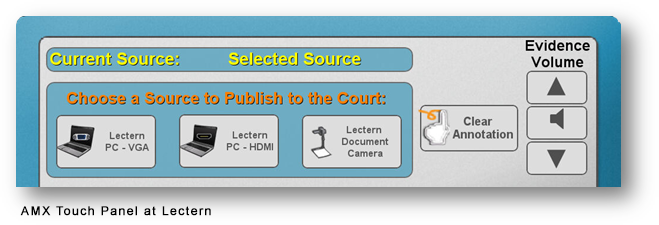
Note: If the display is appearing on your monitor only, perform one of the following additional steps (depending on the model of the laptop):
- Press the "Function" key and the F7 key at the same time.
- If this does not resolve the problem, press the "Function" key and the F5 key.
- If the above steps do not resolve the problem, restart (reboot) your laptop with the video and audio cables attached to the laptop.
The display will shift from your screen to the court’s display system and subsequently to both your laptop and our system simultaneously.
- Press the "Function" key and the F7 key at the same time.
- When your presentation is complete, disconnect the video and audio cables.
Note: If you plan to present evidence with your iPad, iPhone or any other Apple video devices, you will need to bring in the appropriate VGA or HDMI adapter. All video cables inside the courtroom support only VGA and HDMI connectors.
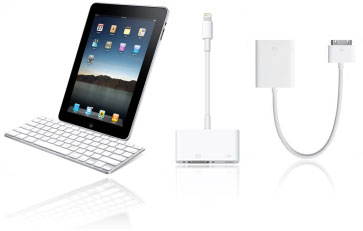
Touch Panel (AMX)
Located at the lectern podium is the AMX touch panel.
.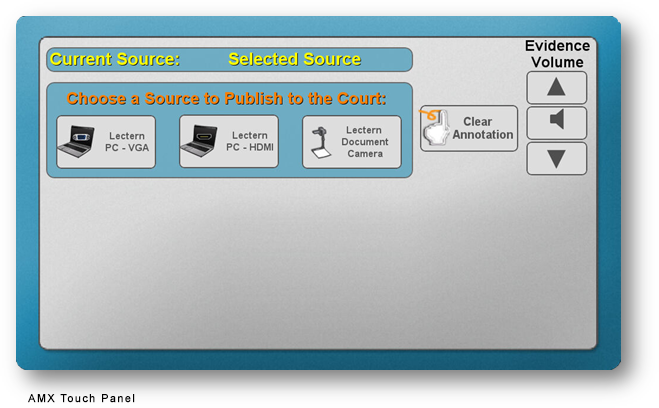
The presenting attorney may perform the following tasks via the AMX touch panel without relying on the courtroom deputy
- Present material from laptop or other electronic device via VGA or HDMI connection:
- Lectern PC – VGA*
- Lectern PC – HDMI*
*The connecting VGA, HDMI and audio cables are provided by the court
- Present evidence via the lectern document camera
- Lectern Document Camera (ELMO)
- Clear annotations made on the neighboring lectern annotation display
- Control evidence volume (i.e. for audio/video presentations, etc.
Annotating Evidence
Each courtroom is equipped with touch screen monitor for annotations. The touch screen monitor is located adjacent to the AMX touch panel on the lectern. Attorneys may annotate electronic and physical evidence via the monitor using the annotation toolbar on the touch screen. An additional touch screen monitors is located on the witness stand.

